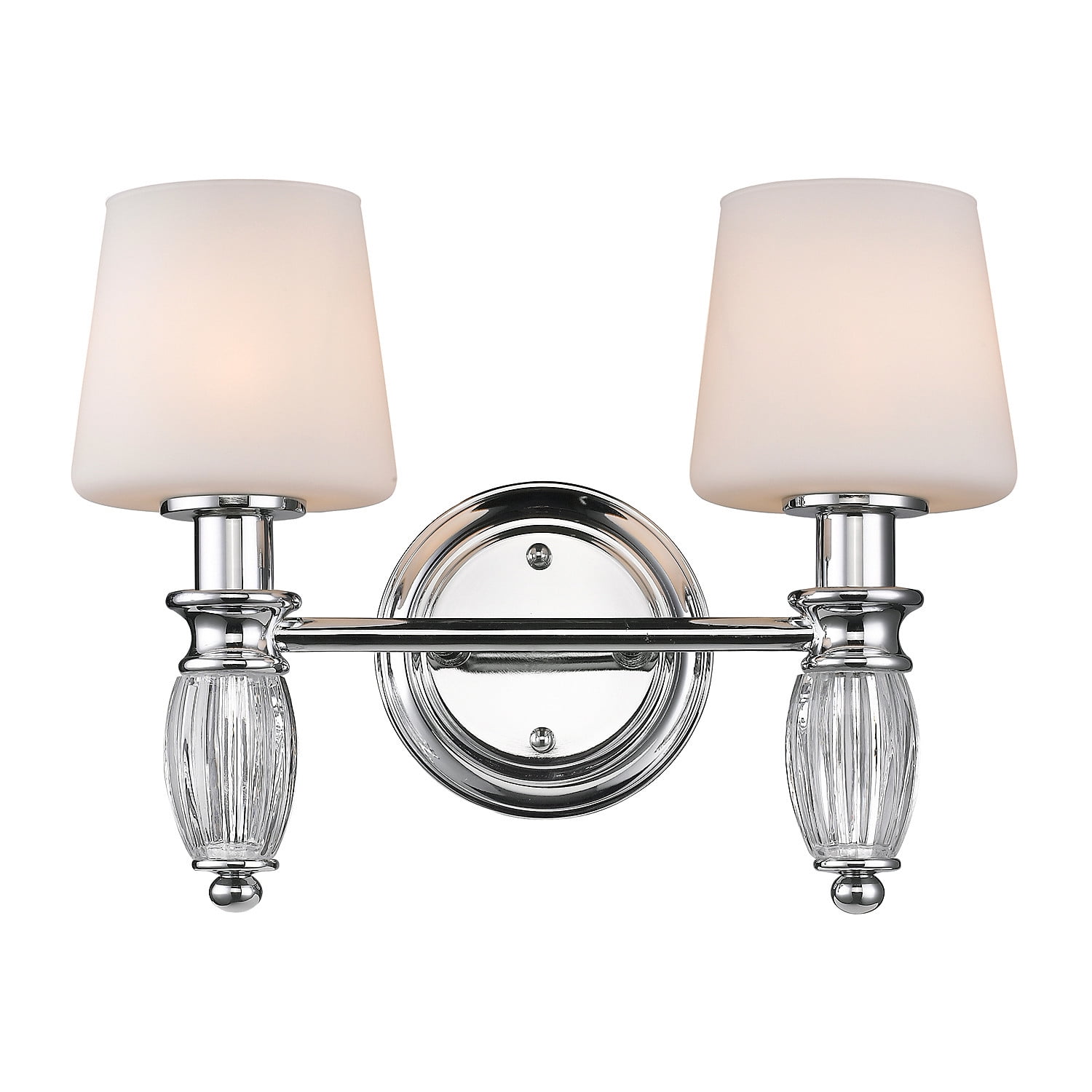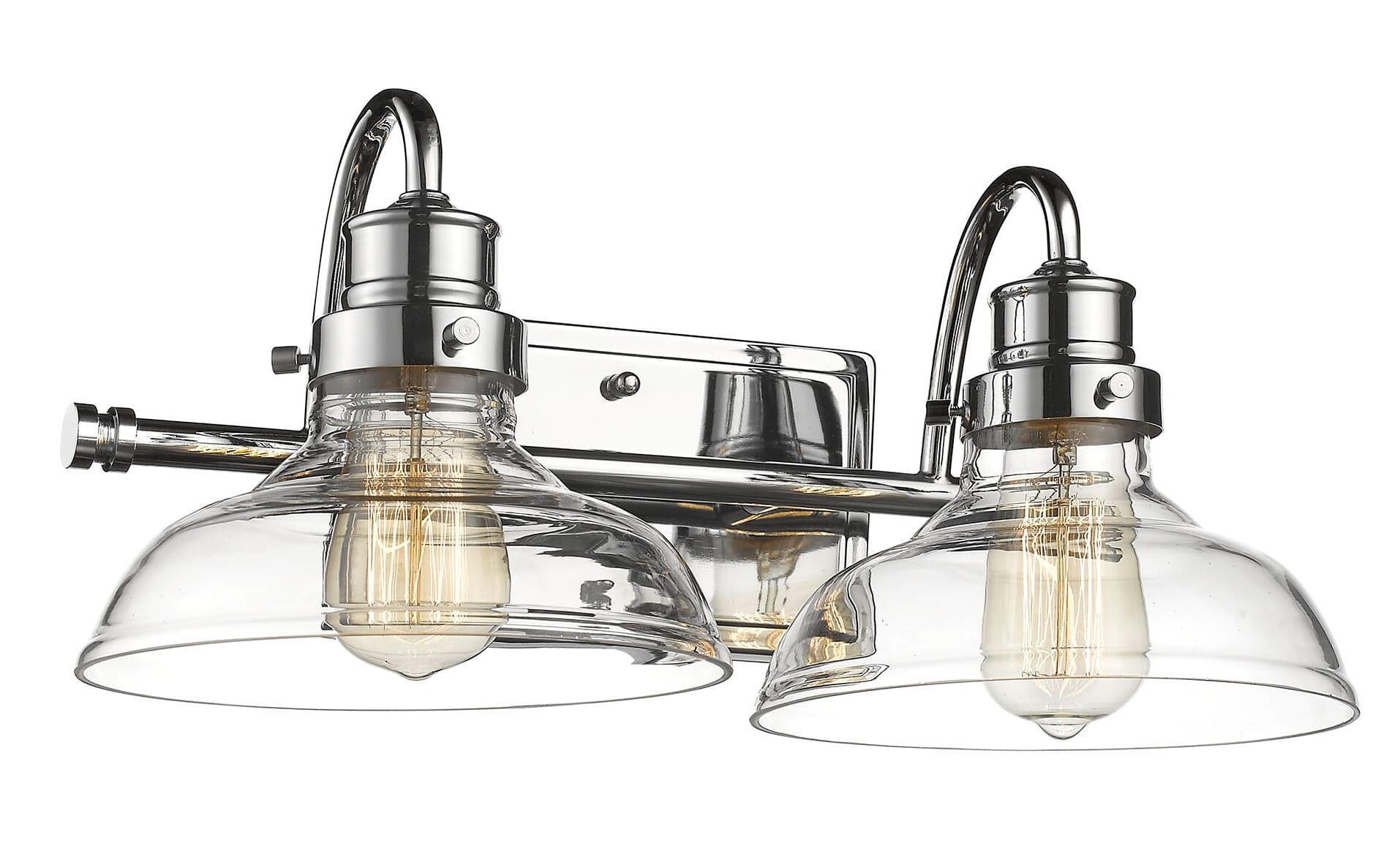Chrome Paint for Bathroom Fixtures

Ready to give your bathroom fixtures a fresh, modern look without the hefty price tag of replacing them? Chrome paint is your new best friend! It’s a DIY-friendly solution that can transform your bathroom from drab to fab, adding a touch of glam without breaking the bank. But before you dive in, let’s talk about the different types of chrome paint, how to prep your fixtures, and the best techniques for a flawless finish.
Types of Chrome Paint
There are two main types of chrome paint that you can use for bathroom fixtures:
- Spray Chrome Paint: This is the most popular choice because it’s easy to use and provides a smooth, even finish. Think of it like a spray tan for your fixtures! You can find spray chrome paint at most home improvement stores. It’s a great option for smaller fixtures like towel bars and soap dishes.
- Brush-On Chrome Paint: This option gives you more control over the application, but it can be a bit trickier to get a perfectly smooth finish. Brush-on chrome paint is ideal for larger fixtures like faucets and showerheads. It’s like painting a masterpiece, but with chrome!
Here’s a quick rundown of the pros and cons of each type:
| Type | Pros | Cons |
|---|---|---|
| Spray Chrome Paint | Easy to use, provides a smooth finish, great for smaller fixtures | Can be messy, may require multiple coats, not ideal for large fixtures |
| Brush-On Chrome Paint | More control over application, good for larger fixtures | Can be tricky to get a smooth finish, requires more time and effort |
Preparing Bathroom Fixtures for Chrome Painting
Before you unleash your inner artist, it’s essential to prep your fixtures for a perfect chrome finish. Here’s how:
- Clean your fixtures: Give your bathroom fixtures a good scrub with soap and water to remove any dirt, grime, or residue. This ensures that the chrome paint adheres properly.
- Sand your fixtures: Use fine-grit sandpaper to lightly sand the surface of your fixtures. This will help the chrome paint stick better. Think of it as creating a smooth canvas for your chrome masterpiece.
- Prime your fixtures: Applying a primer specifically designed for chrome paint will create a smooth and even surface for the chrome paint to adhere to. It’s like prepping your canvas before you start painting!
Applying Chrome Paint to Bathroom Fixtures
Now, it’s time to unleash your creativity and transform your bathroom fixtures!
- Choose your paint: Select the type of chrome paint that best suits your needs and fixtures.
- Protect your surroundings: Cover any surrounding surfaces with drop cloths or painter’s tape to prevent accidental spills or splatters. You don’t want to turn your bathroom into a chrome-plated disaster zone!
- Apply the paint: Follow the instructions on the chrome paint can for the best results. If you’re using spray paint, hold the can about 6-8 inches away from the fixture and use smooth, even strokes. If you’re using brush-on chrome paint, use thin, even strokes to avoid brush marks.
- Let the paint dry: Allow the chrome paint to dry completely before handling the fixtures. Don’t rush the process, or your masterpiece might get smudged!
- Apply additional coats: If needed, apply additional coats of chrome paint to achieve the desired coverage and shine.
Tools and Materials for Chrome Painting
Here’s a list of the essential tools and materials you’ll need for your chrome painting project:
| Tool/Material | Description | Recommended Product Links |
|---|---|---|
| Chrome Paint | Spray or brush-on chrome paint specifically designed for bathroom fixtures | [Links to specific chrome paint products] |
| Primer | Primer specifically designed for chrome paint | [Links to specific primer products] |
| Fine-grit sandpaper | For smoothing the surface of your fixtures | [Links to specific sandpaper products] |
| Drop cloths or painter’s tape | For protecting surrounding surfaces | [Links to specific drop cloths or painter’s tape products] |
| Paintbrush (for brush-on chrome paint) | For applying brush-on chrome paint | [Links to specific paintbrush products] |
| Spray gun (for spray chrome paint) | For applying spray chrome paint | [Links to specific spray gun products] |
| Gloves | For protecting your hands | [Links to specific glove products] |
| Mask | For protecting your respiratory system | [Links to specific mask products] |
Chrome Paint vs. Chrome Plating: Chrome Paint For Bathroom Fixtures

So, you’re thinking about sprucing up your bathroom fixtures with a shiny new chrome finish, but you’re not sure if you should go with chrome paint or chrome plating. It’s a tough call, because both options have their pros and cons. Let’s break it down, so you can make the best decision for your bathroom makeover.
Comparison of Durability, Longevity, and Cost-Effectiveness
Chrome plating is the OG, the real deal. It’s a super durable, long-lasting finish that’s applied through an electroplating process. Think of it as a thin layer of chrome metal being bonded directly to the fixture’s surface. Chrome plating is the gold standard when it comes to bathroom fixtures, and it’s built to last. It’s also highly resistant to scratches, corrosion, and fading, so it’ll look great for years to come. But, like a VIP, chrome plating comes with a hefty price tag. It’s typically more expensive than chrome paint.
Now, chrome paint is like the cool new kid on the block. It’s a paint that’s formulated to mimic the look of chrome. It’s a much more affordable option, and it’s easy to apply yourself. You can even get chrome paint in spray cans, so you can DIY your bathroom makeover without calling in a professional. However, chrome paint isn’t as durable as chrome plating. It’s more susceptible to scratches and wear, and it won’t last as long. You might find yourself re-applying chrome paint more frequently than you would with chrome plating.
Scenarios for Chrome Paint
While chrome plating might be the ultimate choice for durability and longevity, chrome paint can be a suitable option in certain scenarios. Here’s where chrome paint might be a better fit:
- If you’re on a budget and want to save money, chrome paint is a more affordable option than chrome plating.
- If you’re planning to re-do your bathroom in a few years, chrome paint might be a good choice. It’s not as durable as chrome plating, but it’s still a decent option for a shorter-term solution.
- If you’re just looking for a quick and easy way to give your bathroom fixtures a new look, chrome paint is a good option. It’s easy to apply and dries quickly.
Drawbacks of Chrome Paint
Chrome paint is not without its downsides. Here are some potential drawbacks to consider:
- Chrome paint is not as durable as chrome plating. It’s more susceptible to scratches and wear, and it may not last as long.
- Chrome paint can be more difficult to apply than chrome plating. It’s important to use the right techniques and materials to get a smooth, even finish.
- Chrome paint may not be as resistant to corrosion as chrome plating. It’s important to use a high-quality chrome paint that’s specifically designed for bathroom fixtures.
Comparison Table, Chrome paint for bathroom fixtures
Here’s a table comparing the key features and characteristics of chrome paint and chrome plating:
| Feature | Chrome Paint | Chrome Plating |
|---|---|---|
| Durability | Less durable | Highly durable |
| Longevity | Shorter lifespan | Longer lifespan |
| Cost-effectiveness | More affordable | More expensive |
| Application | Easy to apply | Requires professional installation |
| Resistance to scratches | Susceptible to scratches | Highly resistant to scratches |
| Resistance to corrosion | May be less resistant to corrosion | Highly resistant to corrosion |
Chrome Paint

So you’ve decided to go for the sleek, modern look of chrome in your bathroom, but you’re not ready to shell out the big bucks for professional plating. No worries, friend! Chrome paint is your ticket to a shiny, stylish bathroom without breaking the bank. But to get that pro-level finish, you’ll need to master the art of chrome paint application. Think of it like a high-stakes game of “Bathroom Makeover” – with the right moves, you’ll be a champion of chrome!
Surface Preparation for Chrome Paint
Proper prep is key to a smooth and long-lasting chrome finish. It’s like giving your bathroom fixtures a spa day before they get their makeover. You want to make sure the surface is clean, smooth, and ready to accept the paint. Imagine a smooth, perfectly prepped canvas ready for a masterpiece – that’s what you’re aiming for.
- Clean It Up: Start by giving your fixtures a good scrub with a degreaser. This will remove any dirt, grease, or grime that could interfere with the paint’s adhesion. Think of it like washing your hands before you start painting – you wouldn’t want any sticky fingerprints messing up your masterpiece!
- Sanding is Your Friend: Next, lightly sand the surface with fine-grit sandpaper. This will create a slightly rough texture, which helps the paint adhere better. It’s like giving the surface a little massage to make it more receptive to the paint.
- Prime Time: Finally, apply a primer specifically designed for chrome paint. This creates a smooth, even surface for the chrome paint to adhere to. Think of it like a foundation for your paint – a solid base that will prevent any cracks or peeling later on.
Applying Chrome Paint in Multiple Layers
Think of applying chrome paint like building a tower of blocks – each layer adds to the overall strength and stability. It’s all about layering, patience, and precision.
- Thin Coats: Start by applying thin, even coats of chrome paint. Think of it like applying a light dusting of glitter – you want to build up the layers gradually, not go for a thick, gloopy application.
- Dry Time: Allow each coat to dry completely before applying the next. This is crucial for avoiding paint runs and drips. Imagine letting your cake cool before adding frosting – you wouldn’t want it to melt and ruin your masterpiece!
- Sanding Between Coats: Between coats, lightly sand the surface with fine-grit sandpaper. This will help to smooth out any imperfections and create a flawless finish. Think of it like smoothing out a wrinkled tablecloth before setting the table – you want everything to be smooth and polished.
Common Mistakes to Avoid When Applying Chrome Paint
Mistakes happen, but with a little foresight, you can avoid common pitfalls. Think of it like a “Chrome Paint Cheat Sheet” – follow these tips and you’ll be on your way to a perfect finish.
- Not Prepping Properly: Skipping the prep work is like trying to build a house on a shaky foundation – it’s just asking for trouble. Take the time to clean, sand, and prime your surfaces, and you’ll be rewarded with a long-lasting finish.
- Applying Too Much Paint: Thick coats of paint are a recipe for disaster – they’re more likely to run, drip, and create an uneven finish. Go for thin, even coats, and let them dry completely between applications.
- Not Sanding Between Coats: Skipping sanding between coats is like building a tower with misaligned blocks – it won’t be as sturdy or as smooth. Take the time to lightly sand between coats, and you’ll create a flawless, professional finish.
